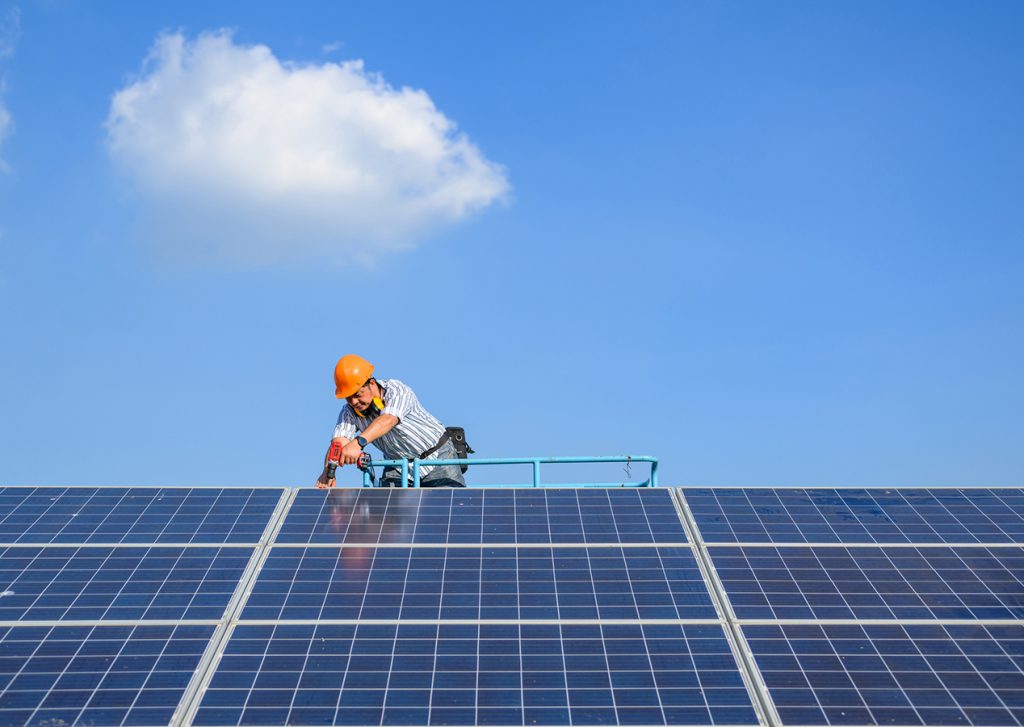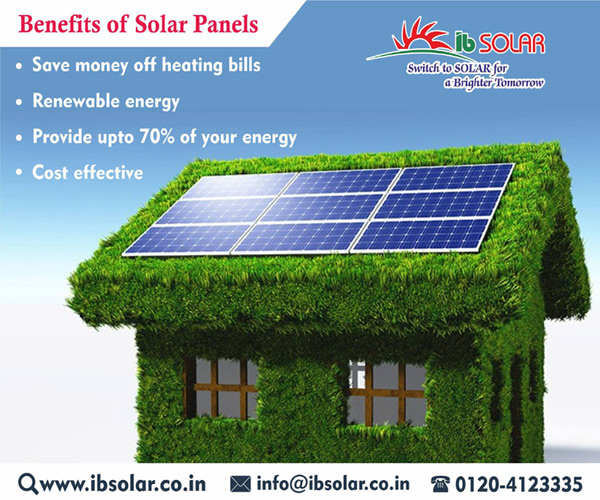Solar Power 101: A Novice's Overview to Sustainable Power Solutions
As the world increasingly moves towards lasting energy options, understanding the fundamentals of solar power becomes vital for both people and companies. This overview supplies a complete introduction of solar energy, describing the different systems available and the devices behind their operation. By discovering the benefits of solar technology, along with the economic rewards and setup processes, one can gain a more clear viewpoint on exactly how to properly incorporate this sustainable source right into their energy method. The journey toward taking on solar energy invites more assessment of the obstacles and factors to consider that come with it.
Recognizing Solar Power
At its core, comprehending solar energy involves understanding the fundamental concepts of just how sunshine can be converted into usable electrical power. Solar energy is derived from the sun's radiation, which can be harnessed with various innovations.

Comprehending solar power additionally entails identifying its environmental benefits. By utilizing sunlight, we can mitigate greenhouse gas emissions and decrease air pollution, adding to an extra sustainable future. The improvements in modern technology and efficiency of planetary systems remain to improve their practicality, making solar power a progressively attractive choice for international energy needs.
Kinds of Solar Energy Solutions
Different sorts of solar energy systems are generally utilized to harness solar energy for electricity generation. The key classifications include photovoltaic or pv (PV) systems, concentrating solar energy (CSP) systems, and solar thermal systems.
Solar systems make use of solar panels made up of silicon cells that convert sunshine directly into power. These systems are flexible and can be installed on roofs, ground mounts, or integrated right into structure materials.
Concentrating Solar energy systems, on the other hand, utilize mirrors or lenses to concentrate sunshine onto a little location, producing heat that drives a vapor turbine to create electrical power - Simply Solar Illinois. CSP systems are generally released in large power plants and need straight sunlight, making them less ideal for cloudy regions

Each sort of solar power system has its unique features, applications, and viability depending upon geographic area, power requirements, and budget, making it important to assess options based on details scenarios. Check Out Your URL - Simply Solar Illinois

Benefits of Solar Energy
Using solar power through different systems not just gives a sustainable way to produce electrical energy but likewise uses a wide range of advantages. One of one of the most substantial benefits is the decrease in greenhouse gas discharges, adding to a cleaner setting and combating environment modification. Solar power is eco-friendly, meaning it is limitless and offered as long as the sun radiates, unlike nonrenewable fuel sources, which are limited and diminishing.
In addition, solar energy can result in considerable expense savings in time. House owners and organizations can reduce their electricity expenses considerably, and in lots of situations, they may earn credit ratings for excess energy produced via web metering. Furthermore, the solar industry develops tasks, from manufacturing to installment, promoting local economies.
An additional engaging benefit is power independence. By producing their own electrical power, people and communities can decrease dependence on exterior energy resources, improving durability against varying power prices and supply disruptions. Solar energy systems require very little upkeep, making them a convenient option for lasting power generation.
Installment Process Review
The installment process for solar energy systems usually entails several vital actions that make sure efficient integration right into a property. Initially, a detailed website assessment is conducted to review the roof covering's orientation, shielding, and structural stability, which are crucial to maximizing photovoltaic panel performance. Following this assessment, the layout stage commences, where a tailored solar power system is configured based on the house owner's energy needs and preferences.
Once the style is wrapped up, the necessary permits and authorizations are gotten from neighborhood authorities, making sure compliance with guidelines. The actual installation involves mounting the solar panels on the roof site link covering or ground, connecting them to an inverter, and integrating the system with the residential property's electrical configuration. This phase might also entail installing battery storage systems, depending on the style.
With the installation complete, the solar power system can begin producing sustainable power, contributing to sustainability and minimizing energy prices. This structured strategy ensures that solar systems are both reliable and trusted, maximizing their long-term benefits.
Financial Incentives and Savings
Exploring the financial rewards and financial savings related to solar power systems can significantly enhance the charm of making the switch to sustainable power. Numerous incentives exist at government, state, and neighborhood levels, designed to minimize the first expenses connected with solar setup. One of one of the most significant rewards is the federal solar tax obligation credit, which allows house owners to deduct a portion of their planetary system installment prices from their government tax obligations. Since 2023, this credit stands at 30%, giving considerable savings.
Along with tax obligation credits, many states offer refunds that can even more decrease in advance costs. Some energy business also give performance-based motivations, fulfilling solar power manufacturing with time. Funding options, such as solar car loans and leases, enable consumers to install systems with little to no deposit, making solar power a lot more easily accessible.

Long-lasting savings are another important factor. By creating their very own power, house owners can significantly decrease and even eliminate their monthly energy expenses. Additionally, solar systems can increase building values, supplying a strong roi. Overall, here the mix of incentives and cost savings makes solar power a financially attractive option for numerous houses.
Final Thought
To conclude, solar power stands for an important element of sustainable energy remedies, providing a path towards minimized carbon footprints and enhanced environmental management. The varied sorts of solar energy systems, combined with substantial monetary rewards, promote wider adoption among people and communities. Understanding the installment processes and advantages related to solar power encourages stakeholders to make educated decisions. Ultimately, the change to solar power not only promotes ecological obligation but additionally promotes financial savings and energy self-reliance.